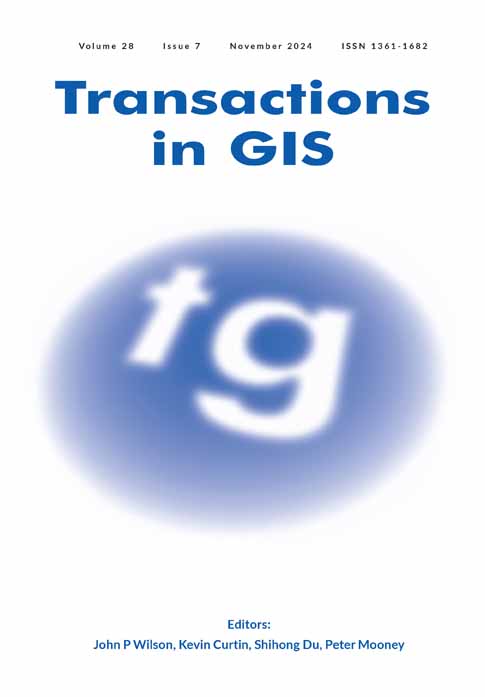Assessing the effects of centroid assignment methods on measuring spatial accessibility
Abstract
In an abstract sense, researchers have assumed that a population-based centroid better represents a given polygon than a purely geometric centroid (GC) because it accounts for the internal distribution of the local population. In specific application contexts, when measuring place-based spatial accessibility, for example, using a GC might be misleading because this practice could overestimate travel costs in large polygons; however, this assumption has not been quantitatively tested. In this article, we examine the role of centroid definition types by comparing the accessibility values of three different centroid estimation approaches. The analysis indicated that, in comparison to population-based centroids, the GC typically underestimated accessibility values, particularly in sparsely populated polygons, and accentuated spatial disparities. The findings suggest that researchers need to pay more cautious attention to the potential impact of centroid methods when measuring spatial accessibility.
CONFLICT OF INTEREST STATEMENT
The authors declare that they have no conflicts of interest.
Open Research
DATA AVAILABILITY STATEMENT
Data sharing is not applicable to this article as no new data were created or analyzed in this study.




